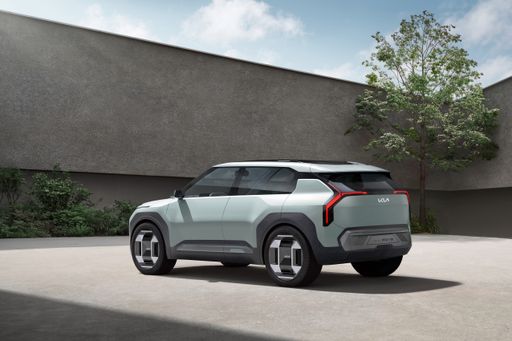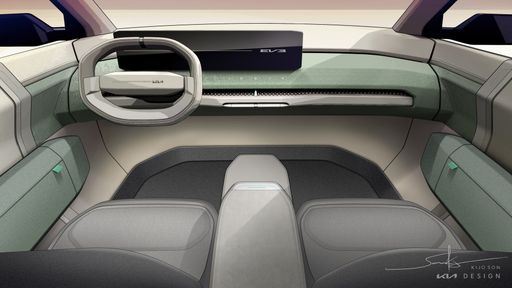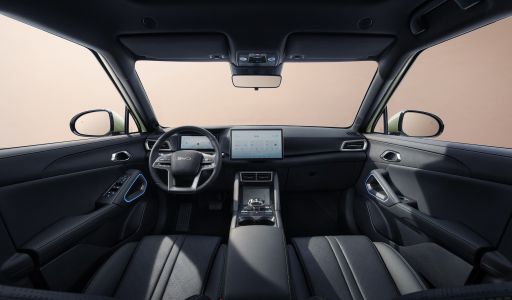Street Presence: Bold vs. Friendly
The Kia EV3 arrives with a taut, athletic stance that looks like it wants to be noticed at the lights, while the BYD Atto 2 opts for a more approachable, upright silhouette that fits neighbourhood life. One feels fashion-forward and deliberate about its angles, the other more characterful and cheerful in the metal. Both designs are honest about their intentions: one aiming for style-conscious buyers, the other for people who prefer personality with everyday practicality.





